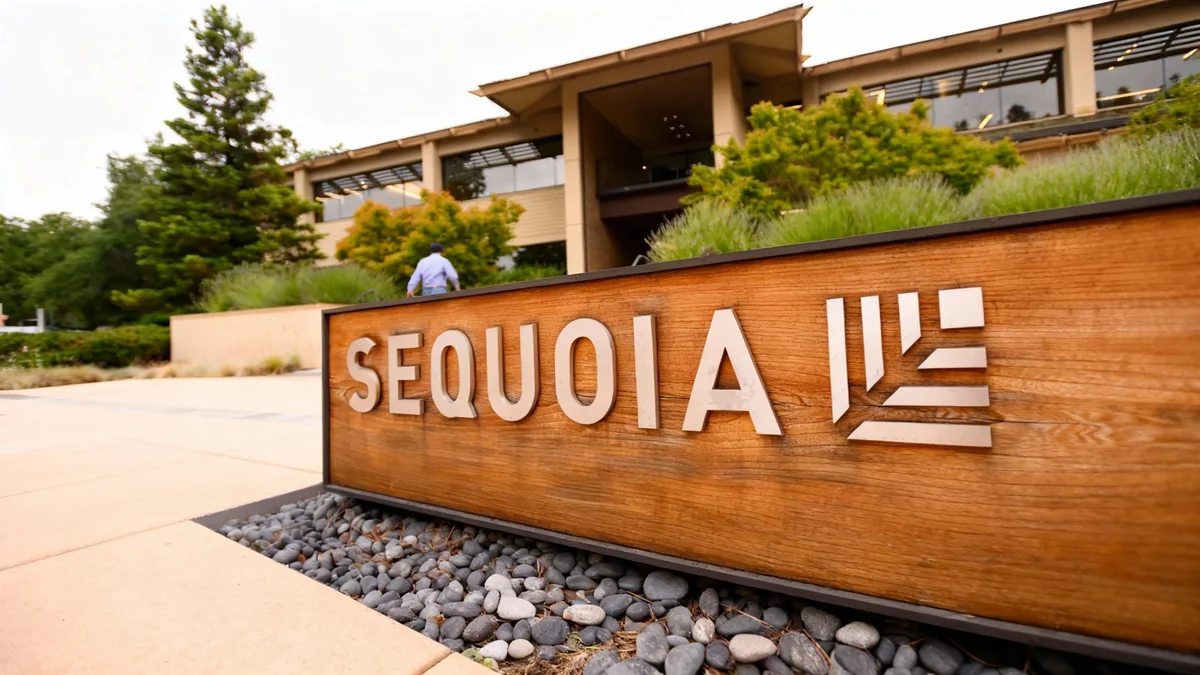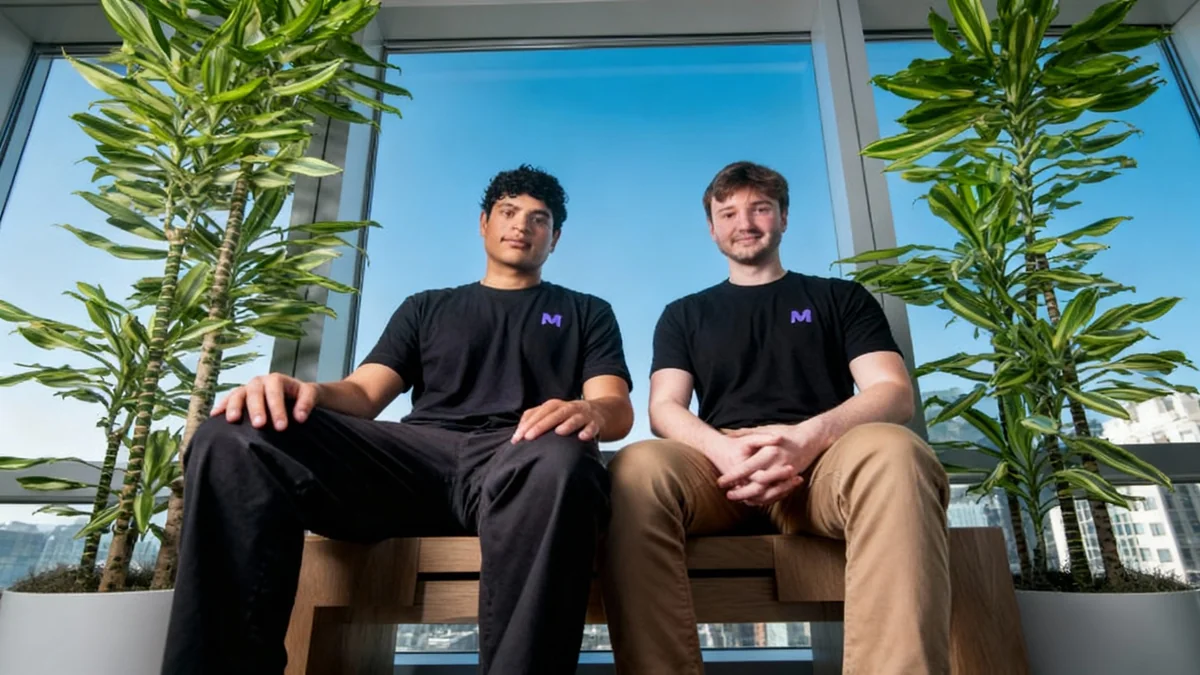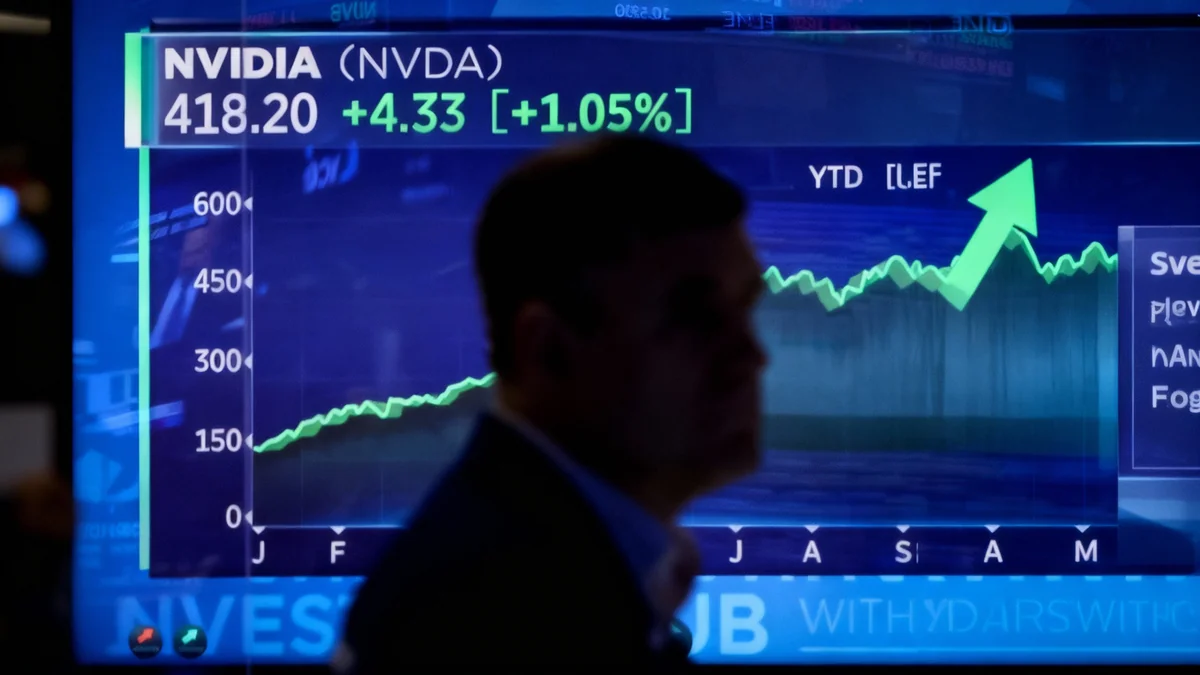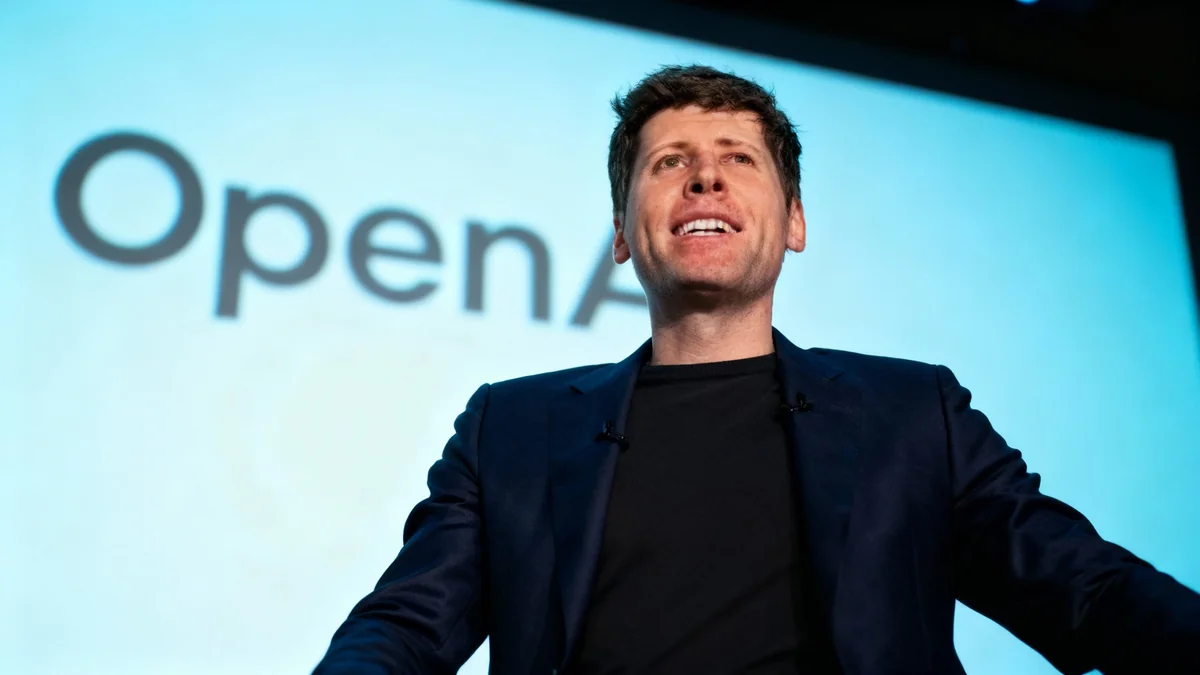In the high-stakes race for artificial intelligence supremacy, a clear strategic divide is emerging between the industry's top contenders. While some competitors are committing hundreds of billions to building massive data center infrastructures, Amazon-backed Anthropic is pursuing a different, potentially more sustainable, business model.
This divergence in strategy highlights a fundamental question in the rapidly evolving AI landscape: is the key to long-term success found in owning massive, custom-built hardware, or in a more focused, capital-efficient approach to developing advanced AI models?
Key Takeaways
- Anthropic is focusing on a business model that may offer a more sustainable path to profitability compared to rivals' heavy infrastructure investments.
- The company is backed by major tech players like Amazon, providing significant resources without the same level of capital expenditure on data centers as some competitors.
- This strategic difference pits OpenAI's approach of massive hardware build-outs against Anthropic's focus on model development and partnership.
- The ultimate success of either strategy could define the financial and operational future of the artificial intelligence industry.
A Tale of Two Strategies
The artificial intelligence sector is currently dominated by a few key players, each vying for market leadership. At the forefront are companies like OpenAI and Anthropic, both dedicated to creating sophisticated AI models that power a new generation of tools, from advanced chatbots to complex image generators.
However, their methods for achieving this goal are beginning to diverge significantly. OpenAI has made headlines with plans to invest hundreds of billions of dollars into constructing a global network of data centers. This strategy is built on the belief that controlling the entire hardware and software stack is essential for pushing the boundaries of AI capability and securing a long-term competitive advantage.
Anthropic, on the other hand, appears to be charting a different course. Led by co-founder and CEO Dario Amodei, the company is leveraging strategic partnerships, most notably with Amazon, to secure the immense computing power it needs. This approach allows Anthropic to focus its resources on research and development of its AI models, such as its Claude family, rather than on the capital-intensive business of building and maintaining data centers.
The AI Infrastructure Arms Race
The development of large language models (LLMs) requires staggering amounts of computational power. This has triggered an 'arms race' among tech giants and AI labs to secure access to specialized chips, like GPUs from Nvidia, and to build data centers capable of training these complex systems. The cost of this infrastructure is a major barrier to entry and a significant ongoing expense for AI companies.
The Economics of AI Development
The financial realities of the AI industry are complex and demanding. Training a single state-of-the-art model can cost tens or even hundreds of millions of dollars in compute time alone. This has led to a race for funding and strategic alliances.
OpenAI's partnership with Microsoft is a prime example, providing the company with the capital and cloud infrastructure necessary for its ambitious goals. Its recent multi-billion dollar deals signal a long-term vision centered on physical infrastructure as a core asset.
Anthropic's strategy seems to prioritize operational efficiency. By partnering with Amazon Web Services (AWS), Anthropic gains access to a world-class cloud platform without the upfront cost and logistical challenges of building its own facilities. This partnership is mutually beneficial: Anthropic gets the necessary scale and power, while Amazon strengthens its position as a leading cloud provider for AI workloads.
Amazon has invested billions into Anthropic, making it a cornerstone of its AI strategy. This deep collaboration provides Anthropic with not just funding, but also access to Amazon's advanced computing resources, including its custom Trainium and Inferentia chips, which are designed for machine learning tasks.
The Path to a Sustainable Business
For many in the industry, the central challenge is not just creating powerful AI, but building a viable business around it. The immense costs associated with research, talent, and computing mean that profitability can be an elusive target.
Anthropic's approach may offer a clearer path to a sustainable business model. By minimizing its capital expenditures on hardware, the company can potentially achieve profitability sooner. Its focus remains squarely on developing and licensing its AI models, which serve as the foundation for a wide array of applications built by other companies.
"Our focus is on creating helpful, harmless, and honest AI systems," is a sentiment often expressed by Anthropic's leadership, underscoring their commitment to responsible AI development alongside their business objectives.
This model is less about owning the physical 'picks and shovels' of the AI gold rush and more about providing the intellectual property and core technology that others use to build products. It is a classic platform play, relying on widespread adoption and integration into other services.
Risks and Rewards
Each strategy carries its own set of risks. OpenAI's infrastructure-heavy approach could give it an unparalleled advantage in training next-generation models if it succeeds. However, it also exposes the company to immense financial risk and the operational complexities of managing a global hardware footprint.
Anthropic's reliance on partners like Amazon makes it more agile but also dependent on another company's infrastructure. While the partnership is currently strong, this model introduces a layer of external dependency that a fully vertically integrated company would not have.
- OpenAI's Approach: High capital expenditure, potential for long-term moat through infrastructure control, higher financial risk.
- Anthropic's Approach: Lower capital expenditure, focus on core model development, reliance on strategic partners, potentially faster path to profitability.
The Future of the AI Market
The divergence between Anthropic and OpenAI is more than just a difference in corporate strategy; it represents two distinct visions for the future of the AI industry. One vision sees a future dominated by a few vertically integrated giants who control everything from the silicon to the software.
The other vision is of a more distributed ecosystem, where specialized companies focus on different layers of the technology stack. In this scenario, companies like Anthropic would provide the core intelligence, while cloud providers like Amazon supply the raw power, and a host of other businesses build applications on top.
As the technology continues to mature, the market will ultimately decide which model is more effective. The outcome will have profound implications not just for the companies involved, but for the entire technology landscape and the speed at which artificial intelligence is integrated into our daily lives. For now, all eyes are on these two pioneers as they execute their distinct plans in the race to define the future.





